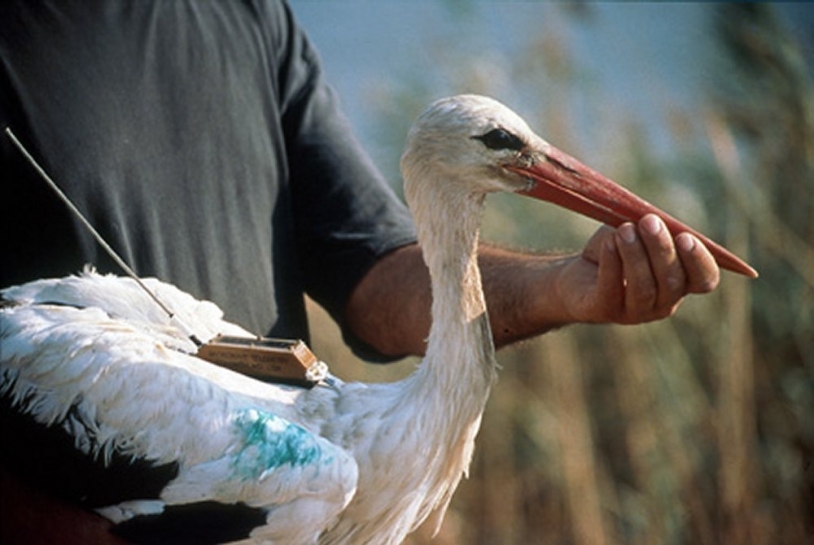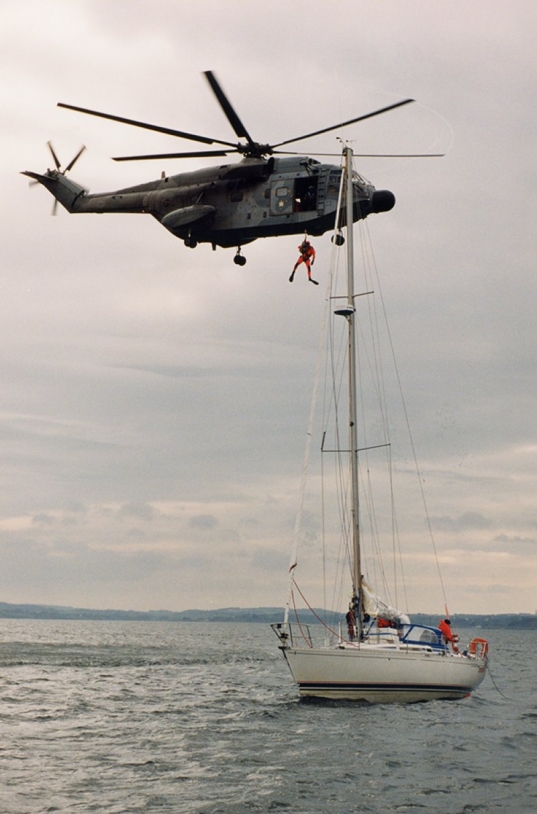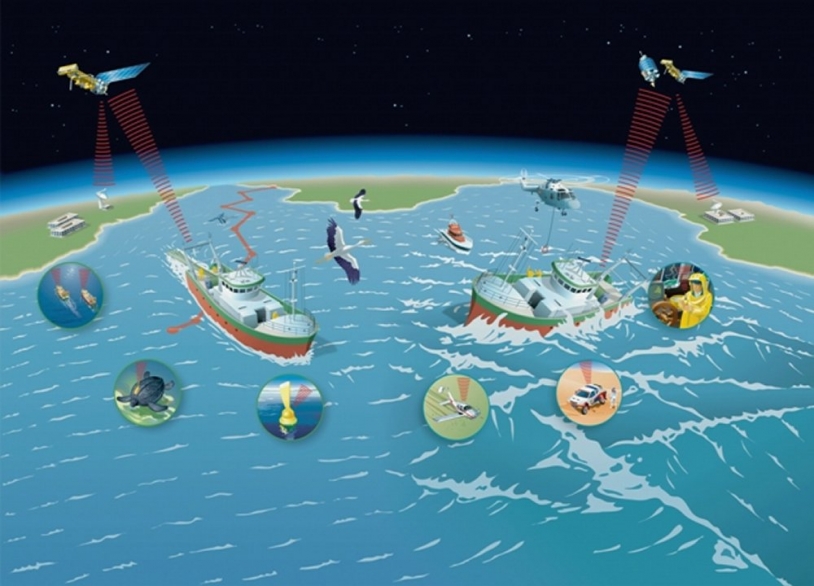23 May 2005
A world benchmark

Descending in direct line from Argos, the Sarsat programme got underway in 1982, in association with the Russian Cospas system.

Since the launch of the 1st Cospas-Sarsat instruments, this unique distress call location system has saved over 18,500 lives.
Because Argos and Cospas-Sarsat share similar technical features, both systems’ instruments have been developed concurrently. However, their missions are quite different. dedicated to studying Earth’s environment and tracking wildlife, while Cospas-Sarsat is designed to locate distress calls from aircraft, ships and land mobiles, anywhere in the world.
A new generation in the making
The Argos 3/Sarsat 3 system set to take over in 2006 will offer a new service tailored to future mission requirements. Among the enhancements it will bring, Argos 3 allows users to send messages to their transmitters via a new downlink from the satellite. Sarsat 3 will have better receiving sensitivity.
The first Argos 3 and Sarsat 3 instruments will be launched in 2006 on the European METOP 2 satellite operated by Eumetsat.
The first Argos 3 and Sarsat 3 instruments will be launched in 2006 on the European METOP 2 satellite operated by Eumetsat.
CNES is the Argos and Sarsat prime contractor, and is overseeing development of the two systems’ ground and flight components.
The launch is now scheduled for 20 May.
The launch is now scheduled for 20 May.
